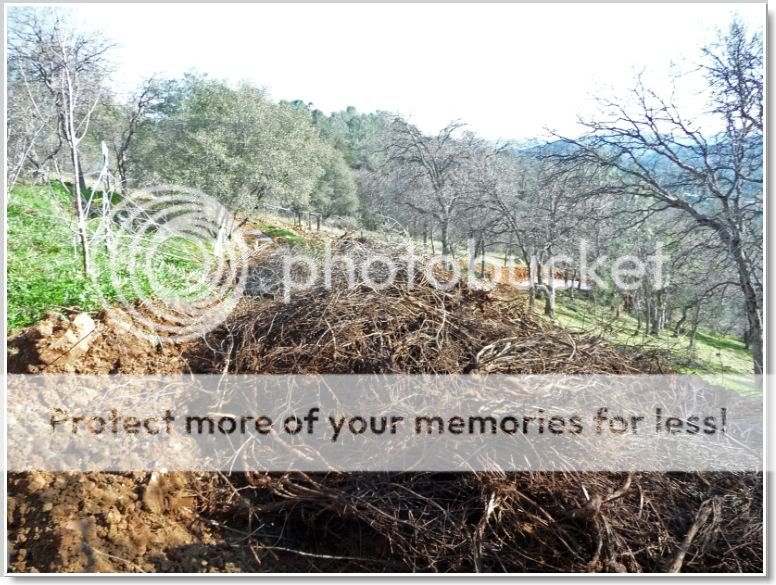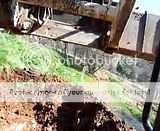














paul wheaton wrote:
For those of you doing really deep hugelkultur, I would like to make a request for this upcoming planting season:
Please take one area of the bed and plant it with a polyculture of common garden plants - including at least one tomato. Then take pictures of that throughout the growing season.
The idea is that as I attempt to persuade people about the value of this stuff, the concept just cannot seem to fit in their head. They seem to want to grasp at details to prove why I am a lying sack of shit. With my recent video about the tomatoes in seattle, they focused on how the tomato plants looked withered (it was lat september) or that it was seattle ("everybody knows it rains every day in seattle"). If the pictures show a healthy polyculture, and it is in an area that gets low annual rainfall, that would be excellent. Oh, and I'm concerned that some folks will think that some mystery plant might be the reason, and not the hugelkultur - or that the plants they see are all xeriscaping plants. So I would really like to see pics of a plot that has standard garden plants: carrots, beans, potatoes, tomatoes, lettuces, radishes, etc.
Just fishing for pics is all.









Tabatha Mic wrote:
Exactly my situation!
Very slight depression where I want to plant, combined with heavy clay soil, combined the with deluge of a mississippi spring and fall, combined with the summer dryness. It really does seem like the best option to get around all those issues.




 Could have phrased that a little better
Could have phrased that a little better 









http://www.breezymeadowsorchards.com/learn/permaculture-design-course
Breezy Meadows orchard & Nursery Permaculture Design Course. Join us at our permaculture farm in the wilds of Tinmouth, VT. Hands on experience on a working farm that produces food 365 days a year.




http://www.turkishbozshepherds.com
http://www.kunepigs.com/




It's a long thread, but I still trying to understand what is the minimum amount of rainfall needed for successful hugelculture beds? I am looking at some land that has ~14" of rain a year (typical slightly inland California - wet in the winter and dry, but not too hot in the summer) We can go without a drop or rain from April to October - can hugelbeds do that? I am also curious if anyone in the US has done any successful market farming with hugelbeds and what is the largest acreage under hugelbed cultivation? Sepp was successful in Austria, but he had a lot of different things going on, not just the beds. I think a successful (relatively) large operation would require specialized equipment to go down even spaced rows to pick the plants and get them to market. But before I get ahead of myself I included a photo of the land to give yo an idea of how dry it is here. The land is currently used for grazing, but I think it is interesting how much greener the few trees are than the grass. Any insights would be greatly appreciated.
.













Idle dreamer




- Glenn -








- Glenn -





Idle dreamer








- Glenn -








Western Washington (Zone 7B - temperate maritime)








danelle wrote:
That sounds like a good size. I am thinking that you have some kind of path on top? All my current plots are just 3' wide so I can reach things from all sides. I am looking to expand as I want to grow a lot of my own food for the pups too. I have read that the weeding is minimal I can't believe that. Sounds to good to be true. What has been your experience. I will have to give this a try. As I drove down my drive today I was looking at all the huge branches and old log rounds that are laying around. There are a few stumps out in the pasture too now if I figure out what to cover them with. We also have stumps that have been ground off. That job was a nightmare. We took out 37 trees that were surrounding our house some with a 7' diameter. Some of the brushy forest had to be taken to get the trees out. That was sad but I am glad the trees are gone no more hiding in the winter when the 60 mph winds hit. It was very scary. With all those stumps under ground you can't till the soil or dig a hole to even plant a 1 gal plant shoot in some places you cant even plant a seed. Maybe this is the way to go and it will work to my advantage? I can just arrange my plots over the stumps. do you think that would work the same as piling logs and sticks maybe just bring in more soil compost straw manure?
- Glenn -




Life that has a meaning wouldn't ask for its meaning. - Theodor W. Adorno








Idle dreamer









- Glenn -










- Glenn -








- Glenn -









Idle dreamer





- Glenn -








- Glenn -




Idle dreamer









|
Squanch that. And squanch this tiny ad:
The new kickstarter is now live!
https://www.kickstarter.com/projects/paulwheaton/garden-cards
|








